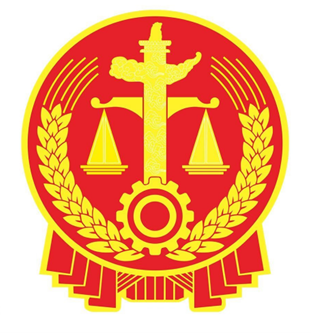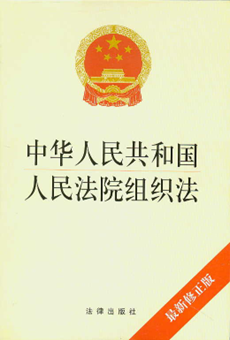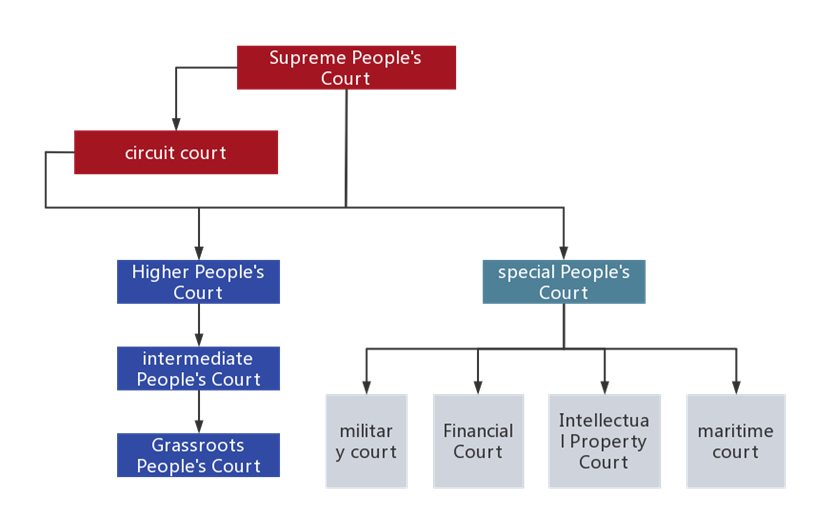

China's court system is designed to safeguard the country's legal system and social order. Article 128 of the Constitution of the People's Republic of China stipulates that "The people's courts of the People's Republic of China are the judicial organs of the state." Detailed provisions are made in the Organic Law of the People's Courts of the People's Republic of China on the functions and powers of courts and the division of their organizational structures. In the Chinese court system, courts are divided into the Supreme People's Court, local people's courts at all levels and special courts. Local people's courts at various levels are also divided into higher people's courts, intermediate people's courts and grass-roots people's courts. These courts hear cases within their respective jurisdictions to ensure the correct implementation of the law.
1. Grass-roots people's courts: Grass-roots courts are the basis of China's court system and are mainly responsible for hearing general civil, criminal and administrative cases. The grass-roots people's courts include the people's courts of counties and autonomous counties; Municipal people's courts not divided into districts; The people's courts of municipal districts. The judgment made is generally a judgment of first instance, and if the parties are not satisfied, they may appeal within the statutory time limit; If a party expresses that he will not appeal or fails to appeal within the statutory time limit, the judgment shall become legally effective and may be applied for execution.
2. Intermediate people's courts: intermediate people's courts include: intermediate people's courts of cities under the jurisdiction of provinces and autonomous regions; Intermediate people's courts established in municipalities directly under the Central Government; Intermediate People's Court of Autonomous Prefecture; Intermediate people's courts established by regions within provinces and autonomous regions. It is mainly responsible for appeals and protests against judgments and rulings of grass-roots people's courts, in addition to: cases of first instance under its jurisdiction as stipulated by law; Cases of first instance submitted by grass-roots people's courts; Cases of first instance designated by the people's courts at higher levels; Retrial cases brought in accordance with the procedure for trial supervision. The intermediate people's courts shall also be responsible for guiding and supervising the work of the courts at lower levels.
3. Higher People's Courts: Higher people's courts include the higher people's courts established by province, autonomous regions and municipalities directly under the Central Government. Cases tried by higher people's courts include: cases of first instance under their jurisdiction as prescribed by laws and decrees; Cases of first instance transferred by the people's courts at lower levels for trial; Cases of appeal and protests against judgments and orders of the people's courts at lower levels; Cases of protest lodged by the People's Procuratorates in accordance with the procedure for trial supervision. The higher people's courts shall also be responsible for guiding and supervising the work of the courts at lower levels.
4.Supreme People's Court: The Supreme People's Court is the highest judicial organ of the Chinese court system and is responsible for the leadership and supervision of the work of courts throughout the country. Compared with the local people's courts at all levels, the functions and powers of the Supreme People's Court have some particularities. In addition to the trial function, the Supreme People's Court is also responsible for reviewing the death penalty in addition to its own judgment of the death penalty, issuing guiding cases and issuing judicial interpretations. It mainly hears major and complex cases throughout the country and examines the judgments of the higher courts. The Supreme Court is also responsible for the interpretation of laws and judicial interpretations to ensure the correct implementation of laws.

(English website of the Supreme People's Court of the People's Republic of China:https://english.court.gov.cn/)
In addition to the above general court structure, there are also special people's courts in China, including military courts, maritime courts, intellectual property courts and financial courts, which are subjective to cases in their respective fields.

(Organization System of Chinese Courts)
In recent years, China has continuously promoted the reform of the judicial system with a view to improving judicial justice and strengthening judicial security. However, the Chinese court system also faces some challenges. These include unstable case quality, further improvement of judicial impartiality, judicial trial and local protectionism. The Chinese Government and courts have actively responded to these challenges and continuously improved their legal system in order to better serve social justice and the rule of law.
Many of our lawyers at Concord & Sage Law Firm are licensed to practice law in both China and the United States. If you have questions on Chinese legal topics, please feel free to email us at contact@concordsage.com. You may also contact the main author of this article, Attorney Qin Li (licensed in China and California), at liqin@concordsage.com.



 2023-09-18 07:08:06
2023-09-18 07:08:06.png) Qin Li,Licensed in China and California
Qin Li,Licensed in China and California Previous
Previous
.png)




